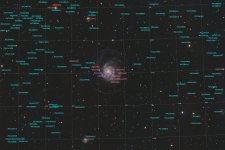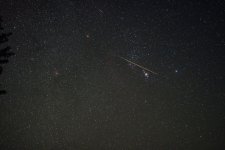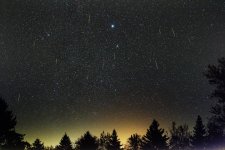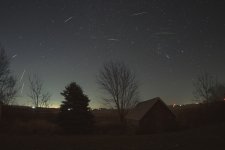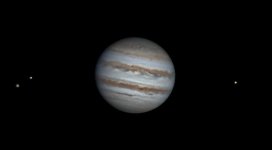M101 - Spiral galaxy in Ursa Major
To put things in to perspective, that weird blob near the bottom left of center is the same galaxy that Foolsgold recently imaged.

Date: 4/25/2023
Camera: Canon Rebel T8i (modified)
Telescope: 92mm f/5.5 triplet (Astrotech AT92) with focal reducer
Exposure: 48x360sec (4hr 48minpic202 total) at ISO 400
To put things in to perspective, that weird blob near the bottom left of center is the same galaxy that Foolsgold recently imaged.

Date: 4/25/2023
Camera: Canon Rebel T8i (modified)
Telescope: 92mm f/5.5 triplet (Astrotech AT92) with focal reducer
Exposure: 48x360sec (4hr 48minpic202 total) at ISO 400


